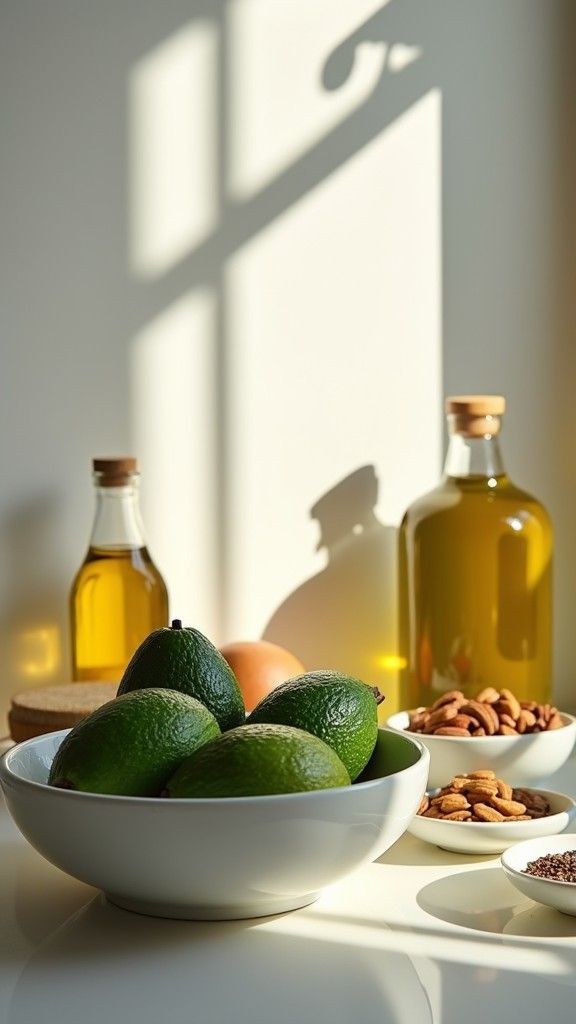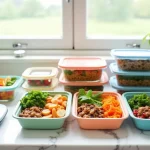Excess dietary fats, especially saturated fats, can raise cholesterol levels, which in turn increases the risk of cardiovascular disease.
This post will be more scientific, but will give general concepts!
Why we need fats
A small amount of fat is a normal component of a well-balanced diet. Fat contains important fatty acids that the body cannot produce on its own.
Fat helps transport vitamins A, D, and E in the body. These vitamins can dissolve in fat and need it to be absorbed.
Excess fat that the body’s cells cannot utilize or convert into energy turns into stored fat. The same is true for excess carbohydrates and protein.
All fats have a high energy value. One gram of saturated or unsaturated fat provides 9 kcal (37 kJ) of energy, while carbohydrates and proteins provide 4 kcal (17 kJ).
The following types of fats are most commonly found in foods
-
- Saturated fats
-
- Unsaturated fats
Most fats and oils contain both saturated and unsaturated fats in a certain ratio.
- Unsaturated fats
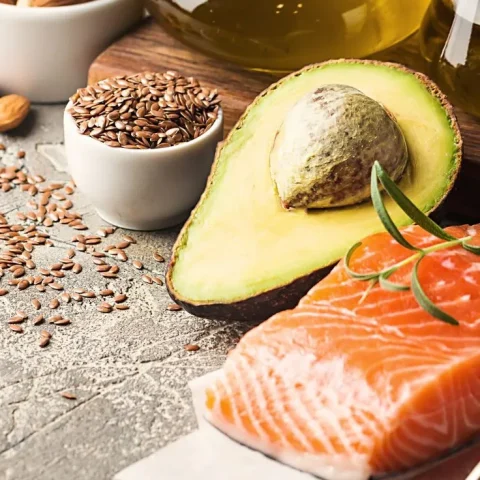
In a healthy diet, you should try to cut down on foods and beverages that are high in saturated and trans fats and replace some of them with unsaturated fats.
Saturated fats
Saturated fats are found in many foods, both sweet and savory.
They come mainly from animal foods like meat and milk, and some plant foods, like palm and coconut oils.
Examples of foods high in saturated fat:
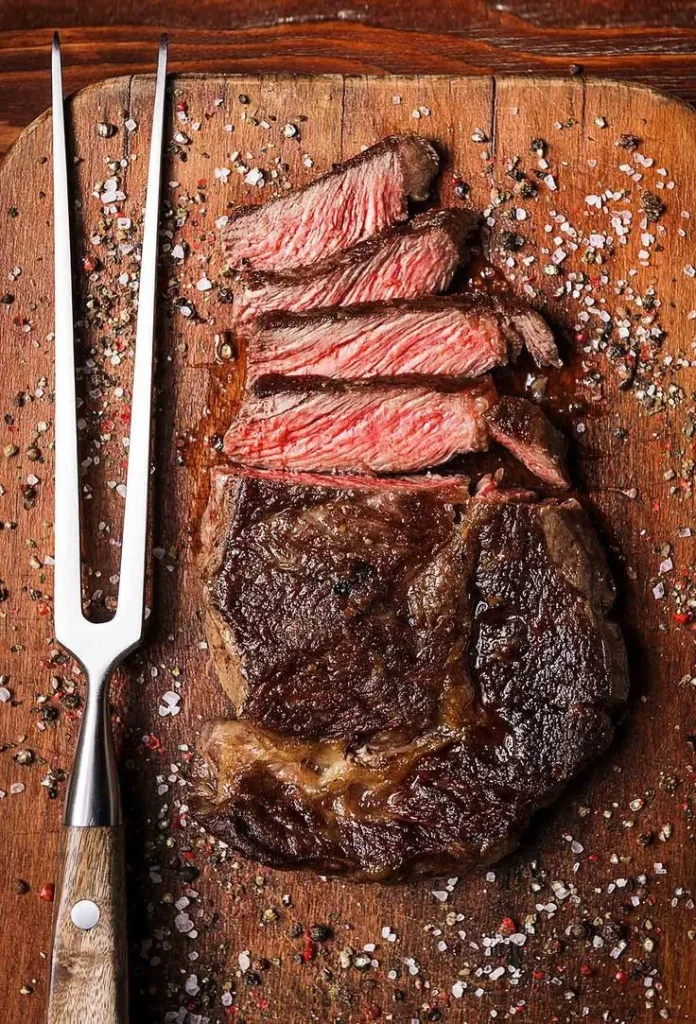
-
- Fatty meat
-
- Meat products like sausages and pies
-
- Butter, ghee, and lard
-
- Cheese, especially hard cheese like cheddar
-
- Cream, sour cream, and ice cream
-
- Some savory snacks, e.g., cheese crackers and popcorn
-
- Chocolate confectionery
-
- Cakes, pastries, and cookies
-
- Palm oil
-
- Coconut cream and coconut oil
-
- Saturated fats and cholesterol
-
- Cholesterol is a fat that is made mainly by the liver.
- It is carried in the blood as:
-
- Low-density lipoproteins (LDL)
-
- High-density lipoproteins (HDL)
Eating too much saturated fat increases the amount of “bad” LDL cholesterol in the blood, which raises the risk of heart and circulation problems.
- High-density lipoproteins (HDL)
HDL “good” cholesterol has a role to play by carrying excess cholesterol from parts of the body with excess cholesterol to the liver, where it is broken down.
Recommended daily intake of saturated fat
Most people in the UK are eating too much saturated fat.
-
- The government recommends that:
-
- Men should not eat more than 30g of saturated fat a day.
-
- Women should not eat more than 20g of saturated fat a day.
-
- Children need to eat less.
Trans Fats
Trans fats naturally occur in small amounts in some foods like meat and dairy.
They also exist in partially hydrogenated vegetable oil. If a food has partially hydrogenated vegetable oil, it has to be labeled in the ingredients.
Like saturated fats, trans fats can raise cholesterol levels in the blood.
Unsaturated fats
To reduce the risk of heart problems, the best course of action is to reduce overall fat intake and substitute saturated fats with unsaturated fats.
There is strong evidence that replacing saturated fats with unsaturated fats will reduce cholesterol levels.
Unsaturated fats, mainly found in plant oils and fish oils, can be:
- Monounsaturated
- Polyunsaturated
- Monounsaturated fats
- Monounsaturated fats also protect against heart disease by keeping “good” HDL cholesterol in the blood and lowering “bad” LDL levels.
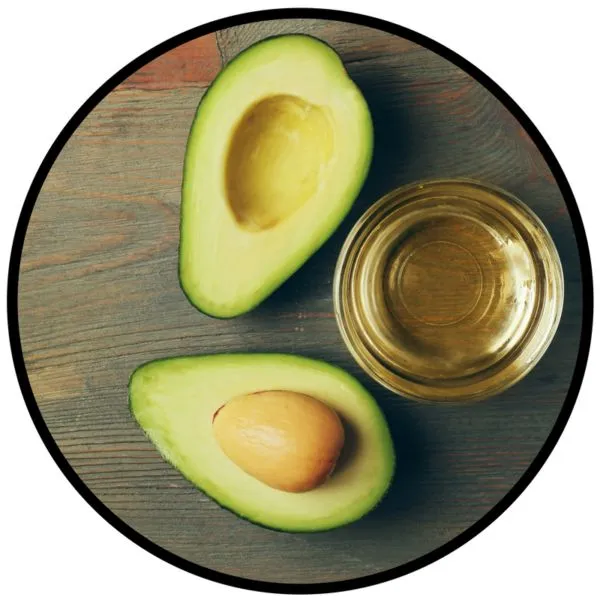
They are available in:
- Olive oil, rapeseed oil, and soft spreads made from these oils
- Avocados
- Some nuts, such as almonds, Brazil nuts, and peanuts
- Polyunsaturated fats
- Polyunsaturated fats will also lower “bad” LDL cholesterol in the blood.
For example, low-fat mayonnaise might have 30% less fat than regular, but it might very well be a high-fat product.
And low-fat foods don’t necessarily have fewer calories. Sometimes the fat is replaced by sugar, so the food might be as energetically dense as the regular version.
